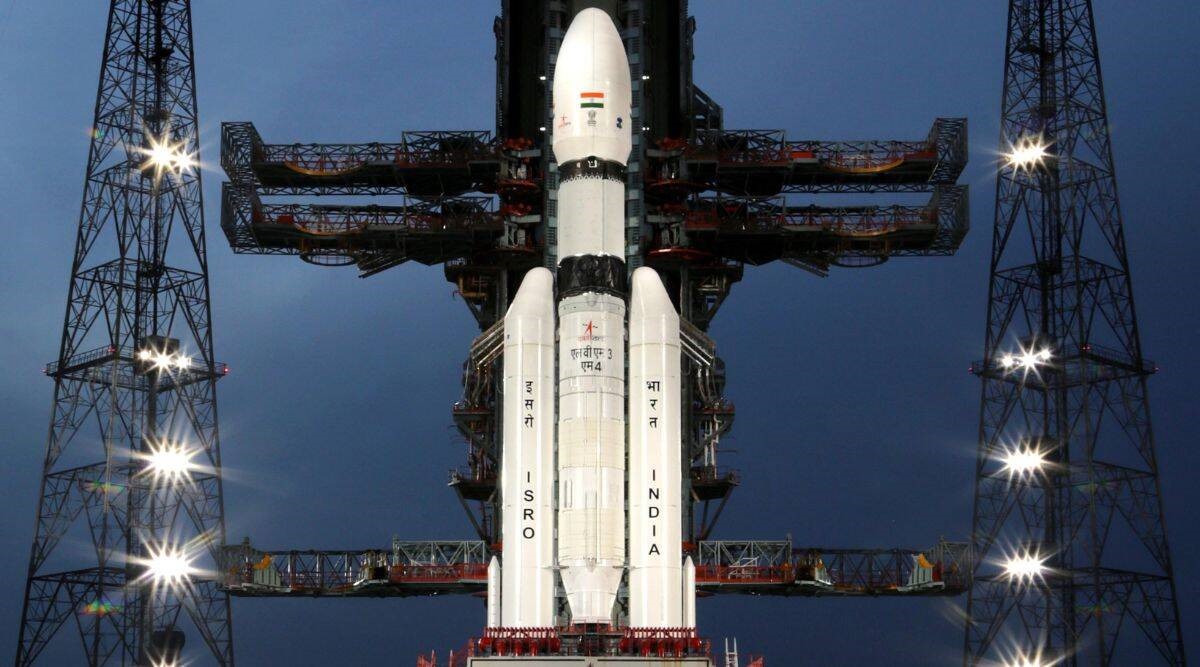

India’s third attempt at a successful moon mission, Chandrayan-3, is scheduled to be launched today at 2.35 pm from Satish Dhawan Space Centre, Sriharikota. ISRO designed the Launch Vehicle Mark-III or LVM3, earlier called Geosynchronous Satellite Launch Vehicle Mark-III or GSLV Mk III, a three-stage medium-lift launch vehicle.
Suppose we delve deeper into the history of GSLV models. In that case, it can be cited how ISRO scientists first chose aluminium alloy as a suitable element for constructing these state-of-the-art launch mobiles.
{alcircleadd}
After successful test flights conducted in April 2001 and May 2003, GSLV was attested to be functional. During its maiden flight, GSLV-F01 skilfully launched the G-SAT 3 weighing 1,950 kg on September 20, 2004.
Currently, the GSLV has a three-stage structure that is 49 metres tall and 414 tonnes in weight. The first stage, GSI, comprises a core motor holding 138 tonnes of solid propellant and four strap-on motors, each carrying 40 tonnes of hypergolic liquid propellants (N204 and UH25). While the second stage holds 39 tonnes of the same hypergolic liquid, the third stage (GS3) is a cryogenic stage with 12.5 tonnes of liquid Hydrogen (LH2) and Liquid Oxygen (LOX). The payload fairing of the aluminium alloy GSLV is 3.4 mm in diameter and has a height of 7.8 m. The GSLV payload fairing has been crafted with aluminium and is a patented space component by Hindustan Aeronautics.
A huge setback was experienced by the Indian Space Research Organisation (ISRO) on April 15, 2010, when the Geosynchronous Satellite Launch Vehicle (GSLV-D3) with the first indigenously crafted cryogenic engine failed in its mission. With an imperfect launch, the GSLV-D3 was unable to thrust the 2.2 tonnes of communication satellite GSAT-4 into the geo-transfer orbit (GTO).
No data was available after 500 seconds, and the cryogenic engine was suspected to be ablaze after just 304 seconds of the lift-off. Disheartened, ISRO scientists had to replace aluminium alloy with Fiber Reinforced Plastic (FRP) fairing for a successful launch.
Though aluminium is no longer the preferred material here, the non-ferrous metal is synonymously used in the space industry. It is quite exciting to know that Chandrayan-3’s landing rover would use Laser Induced Breakdown Spectroscopy (LIBS) to inspect the chemical and mineralogical composition of the lunar surface. This technology is also common to the aluminium industry, where during recycling processes, it’s quite necessary to separate materials as per their elemental properties.
It is a magnificent day in the history of India, and anticipations are quite high. AL Circle wishes all the very best to the team of these ever-so-talented ISRO scientists for a successful launch today.



Responses






